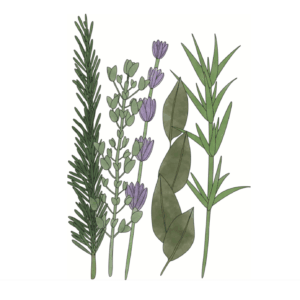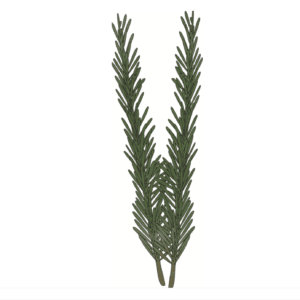Description
Oliva! Sicilian Nocellara Extra Virgin Olive Oil contains no additives, no chemicals, & no preservatives. All are from the most recent harvest.
As always, the Sicilian Nocellara del Belice from the Belice Valley displays a pleasant, creamy mouth feel with sweet, complex flavors punctuated by a peppery kick.
Our early harvest Nocellara was carefully crafted. from pristine, green olives. Flavor characteristics include floral undertones and notes of nutty, herbaceous green almond. Lingering astringency and a Szechuan peppercorn sensation on the finish.
Harvest Date: November 2023
Country of Origin: Italy
Intensity: Medium
Fruitiness: 5.5 Bitterness: 3.5 Pungency: 4.0
Chemistry: Biophenols: 380.95 ppm
DAGs: 96.4
Oleic Acid: 72.85
FFA: .21
Peroxide Value: 5.19
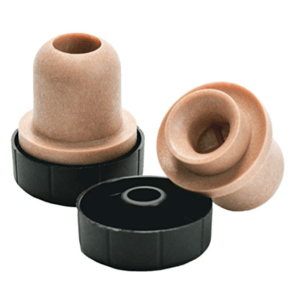
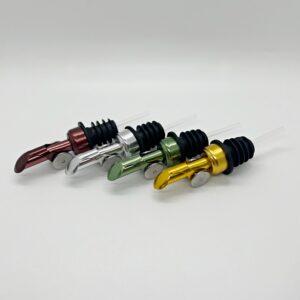
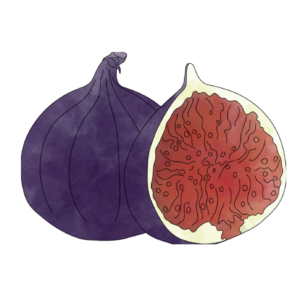
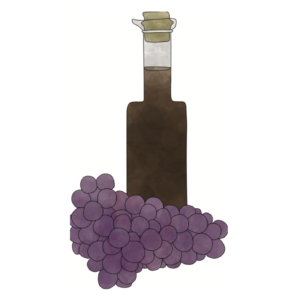
Oliva! Sicilian Nocellara Extra Virgin Olive Oil contains no additives, no chemicals, & no preservatives. All are from the most recent harvest.
Biophenols (Antioxidant like substances naturally occurring in EVOO) – Phenols extend shelf life and determine the ‘style’ of the oil in terms of bitterness and pungency. Generally, the higher the biophenols, the more ‘pepper’ and ‘bitterness’.
DAGS (Diacylglycerol) – Indicates the age of the olive oil. An EVOO should have a DAGs content of 85% of higher. The higher the score, the fresher the oil. DAGs will drop 20-30% per year depending on storage conditions and FFA. They are highly influenced by heat, but not light.
Oleic Acid (Mono-Unsaturated Omega-9 Fat) – The higher the percentage, the better resistance to oxidation. Higher levels help keep it fresher for longer, preventing the formation of per-oxidized (rancid) fats.
FFA (Free Fatty Acid) – Indicates the condition of the fruit at the time of the crush. An oil must range from 0.0 – 0.8 (8%) to be considered Extra Virgin. A low FFA is desired, and means the amount of time between the harvest and the crush was minimal. In addition: the lower the FFA, the higher the smoke point.
PV (Peroxide Value) – Measurement of rancidity by exposure to oxidation, light and heat. The PV must be equal or less than 20 and is responsible for color and aroma changes as the oil oxidizes. A low PV is always desired.


